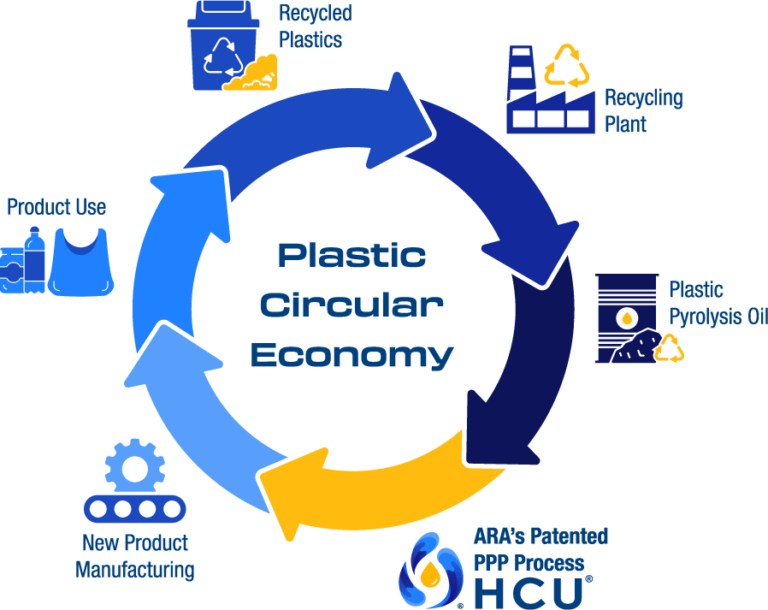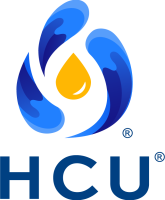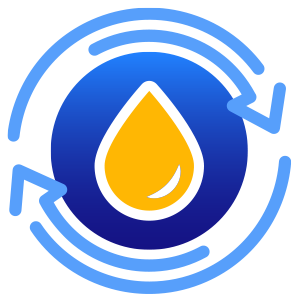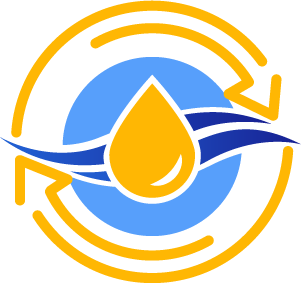Plastic Pyrolysis Purification (PPP)
Driving Profitability and Sustainability in the Plastic Circular Economy
Plastic pyrolysis is playing an increasingly important role in the green economy, providing a more sustainable option for plastic waste management. ARA’s PPP process offers a refinery friendly solution to remove unwanted contaminants often found in pyrolysis oil. In a single step, using only high temperatures and pressure, water, and turbulent flow, PPP produces a pretreated plastic pyrolysis oil product that is ready to be further upgraded via steam cracking or hydroprocessing.
Plastic Pyrolysis Purification (PPP) Advantages
SEND ME MORE INFORMATION:
For licensing information, contact:
Chuck Red | cred@ara.com | 850-628-0332
- Process
- Advantages
ARA’s cutting-edge PPP process works by transferring contaminants from plastic pyrolysis oil to water. The process uses two feed streams – plastic pyrolysis oil and water – and produces two product streams, a clean plastic pyrolysis oil and wastewater that contains contaminants. In just two minutes of residence time using conventional refinery equipment, PPP provides a safe, low CAPEX, low OPEX, low labor solution to a complex problem.

No Mass Loss
Virtually all of the plastic pyrolysis oil processed through PPP ends up in the final clean, organic product. With a single waste stream of treatable water that contains little to no oil emulsion, PPP has a yield of nearly 100%.
Has a nearly 100% yield
Proven Technology
PPP utilizes the same process and chemistry as ARA’s commercially proven HCU Pretreat technology, which is used to clean up waste fats, oils, and greases.
Commercially proven technology
Continuous flow
PPP utilizes conventional refinery equipment and a continuous flow process that provides a very short residence time and small footprint.
Requires Only a short residence time and small footprint
No solids handling
PPP doesn’t use bleaching earth or conventional filter cartridges which greatly reduces labor and disposal costs.
No Material Requirements Reduces Costs
Related Technologies
For more information, contact Chuck Red at cred@ara.com
Covered by U.S. Patent 10,071,322 B2 (2018) and European Patent 3250660 (2023)





